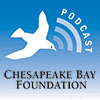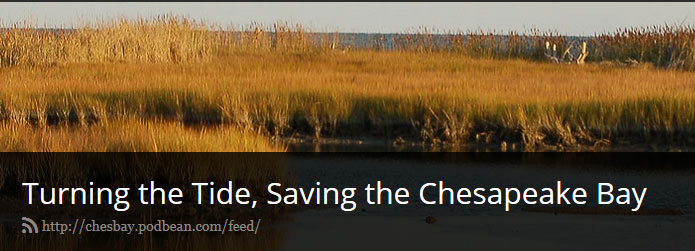

Welcome to Turning the Tide, the Chesapeake Bay Foundation's podcast that ran from March 2015 to September 2018. Join President Will Baker and guests as they share with you their thoughts on what it will really take to turn the tide—to restore our Bay and its rivers and streams.
EPISODES
-
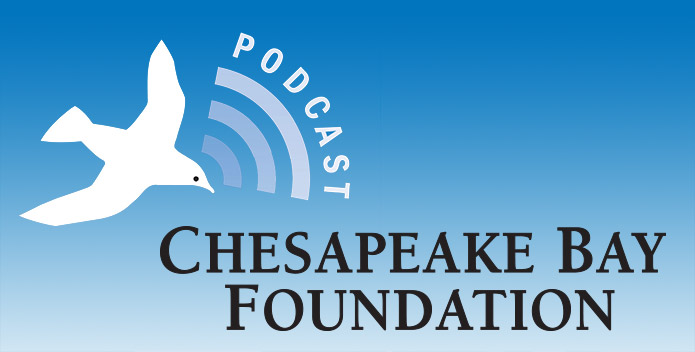
Under Pressure
23 Jun 2015 Episode 7 | 00:25:51In this episode, CBF President Will Baker interviews Senior Fisheries Scientist Bill Goldsborough about the status of blue crabs in the Chesapeake.
-

Literally and Figuratively
09 Jun 2015 Episode 6 | 00:12:49In the episode, CBF President Will Baker interviews Vice President for Education Tom Ackerman about the now and later virtues of immersing young people in outdoor learning.
-

Digging A Little Deeper
26 May 2015 Episode 5 | 00:12:49In this episode, CBF President Will Baker interviews Senior Scientist Dr. Beth McGee to discuss the how and why of urban stream restoration and the importance of addressing polluted runoff.
-

Something A Little Different
12 May 2015 Episode 4 | 00:11:23In this episode, CBF President Will Baker interviews Vice President for Litigation Jon Mueller about the litigation over the Chesapeake Clean Water Blueprint.
-

As Goes The Susquehanna, So Goes The Chesapeake Bay
28 Apr 2015 Episode 3 | 00:10:12In this episode, CBF President Will Baker discusses pollution to the Chesapeake Bay from Pennsylvania. Nitrogen from agriculture in the state is increasing, and the Commonwealth is way off track to meet the water quality goals it set.
-

Agriculture and the Bay
14 Apr 2015 Episode 2 | 00:08:58In this podcast episode, CBF President Will Baker discusses agriculture in the Chesapeake Bay region.
-

Bay 101
31 Mar 2015 Episode 1 | 00:05:44In this episode, Chesapeake Bay Foundation President Will Baker describes the good news and the bad news about the problems facing this national treasure.
-
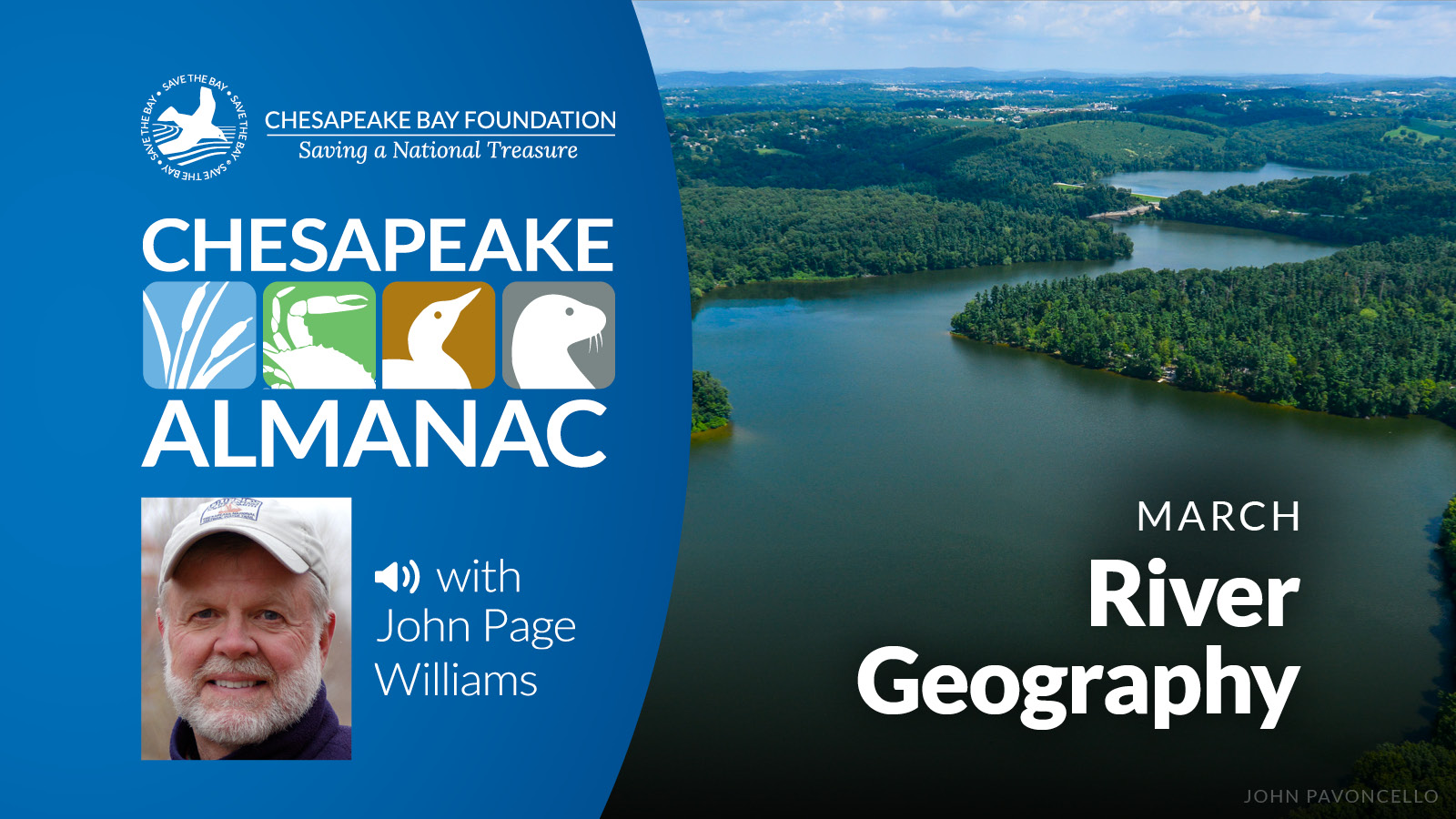
March: River Geography
16 Mar 2022There is no other estuary in the world with a network of rivers like the one that feeds Chesapeake Bay. Every square inch in the drainage basins of those rivers is connected directly to the Bay. The Chesapeake itself is a river, after all. It is the drowned valley of the Susquehanna, a 200-mile-long tidal river mouth. In this episode, John Page Williams provides a geography lesson of the Chesapeake's life blood--its rivers.
-
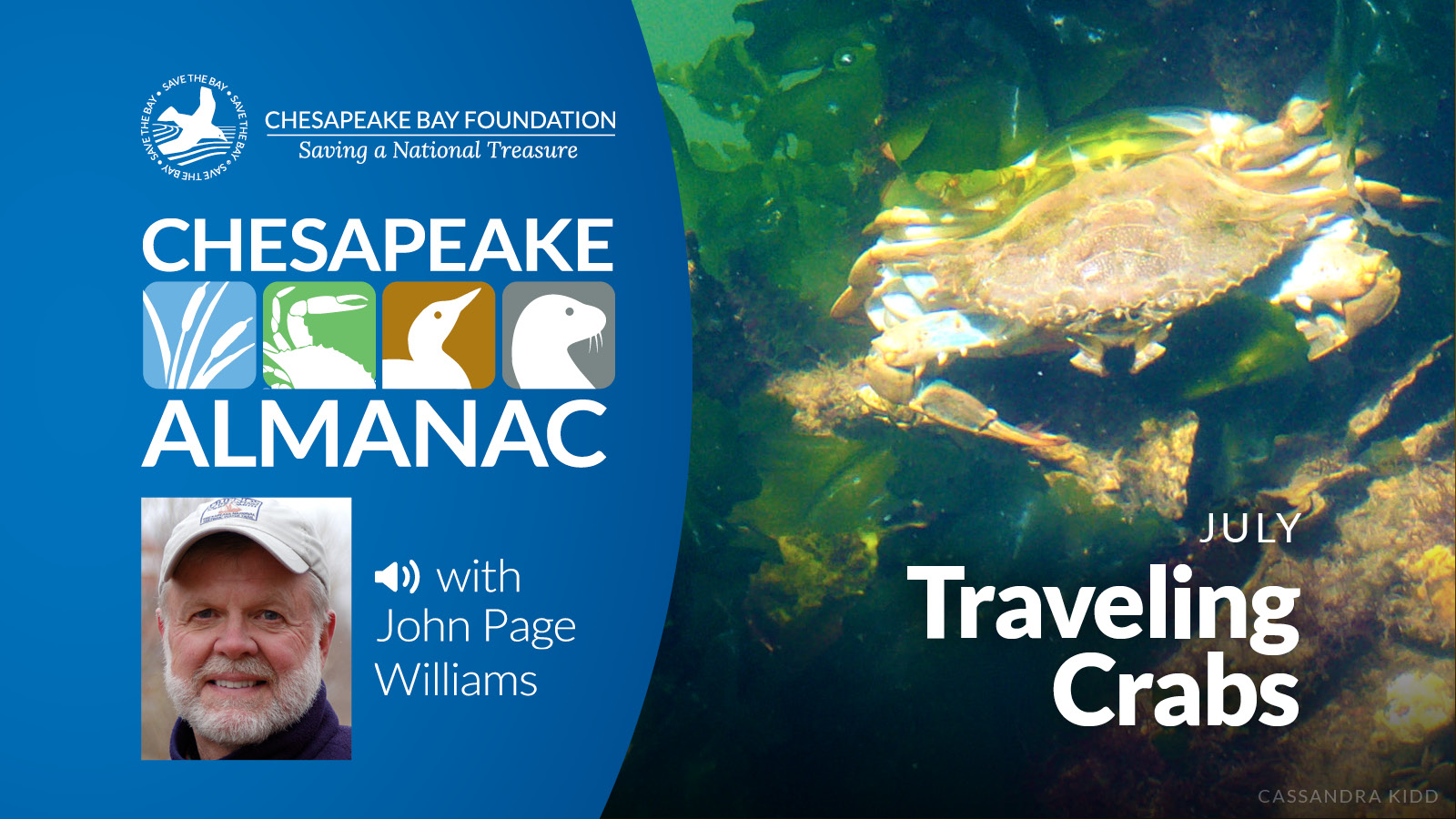
July: Traveling Crabs
14 Jul 2021Join John Page Williams as he reveals how tropical storm Agnes led to a better understanding of the traveling life of baby Chesapeake Bay blue crabs.
-
September: Daylight and Water Temperature
22 Sep 2021Summer is ending, fall is on the way. Even though the days may still be warm and the landscape green, we have our calendars, our Labor Day holiday, our school schedules--event the Halloween decorations in storefronts--that signal the seasons they are a changin'. But what cues do the birds and fish of the Chesapeake have? The seasonal migrations have already begun. In this episode, John Page shares some of Mother Nature's seasonal magic.
-
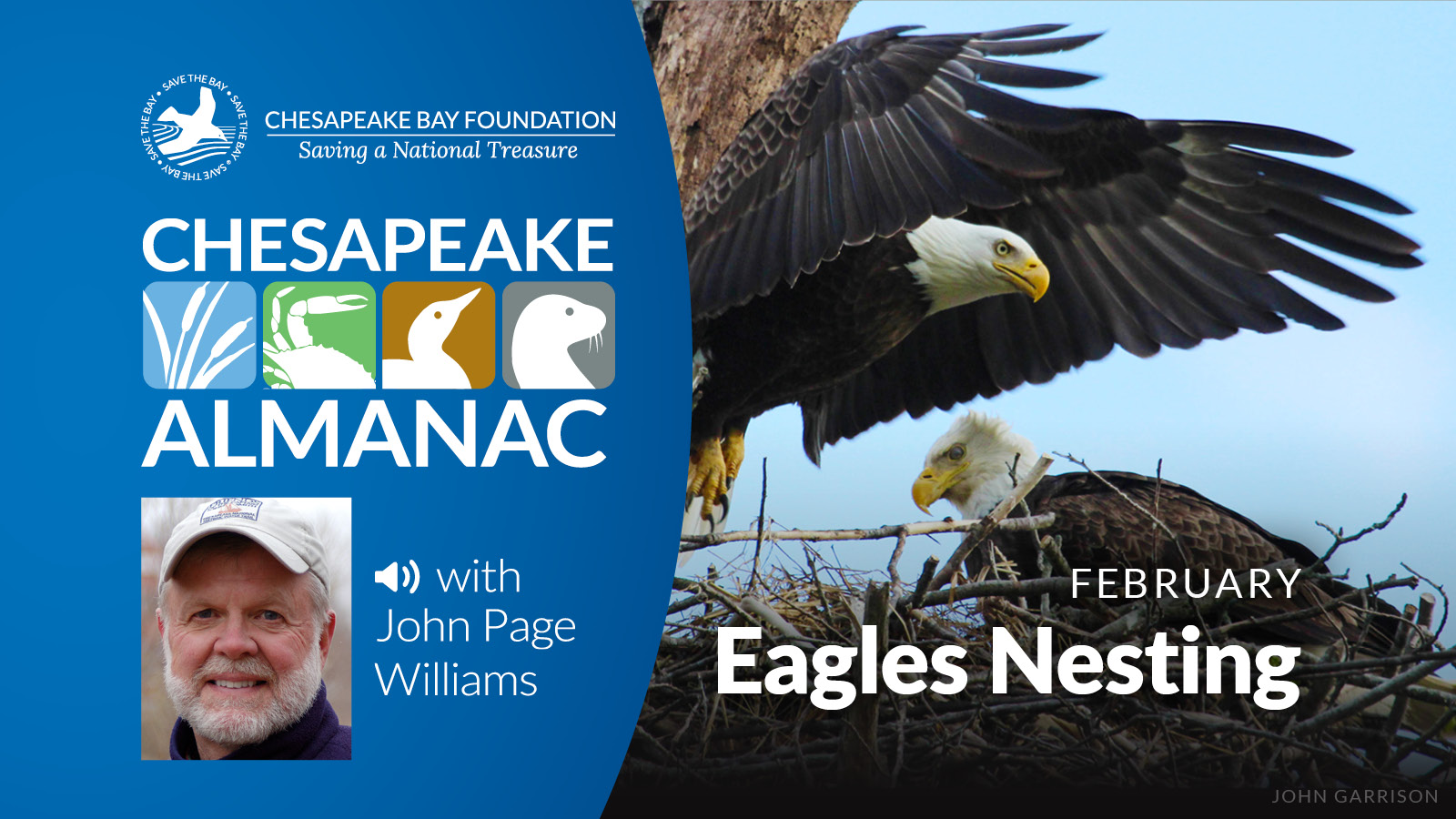
February: Eagles Nesting
03 Feb 2022Did you know it's likely that most members of every population of bald eagles on the East Coast visit the Chesapeake at some point in their lives? In this episode, John Page Williams shares information about bald eagles in the Bay, where you can find them, and tips for identifying them, even if they are immature or too far away to distinguish their telltale white head.
-
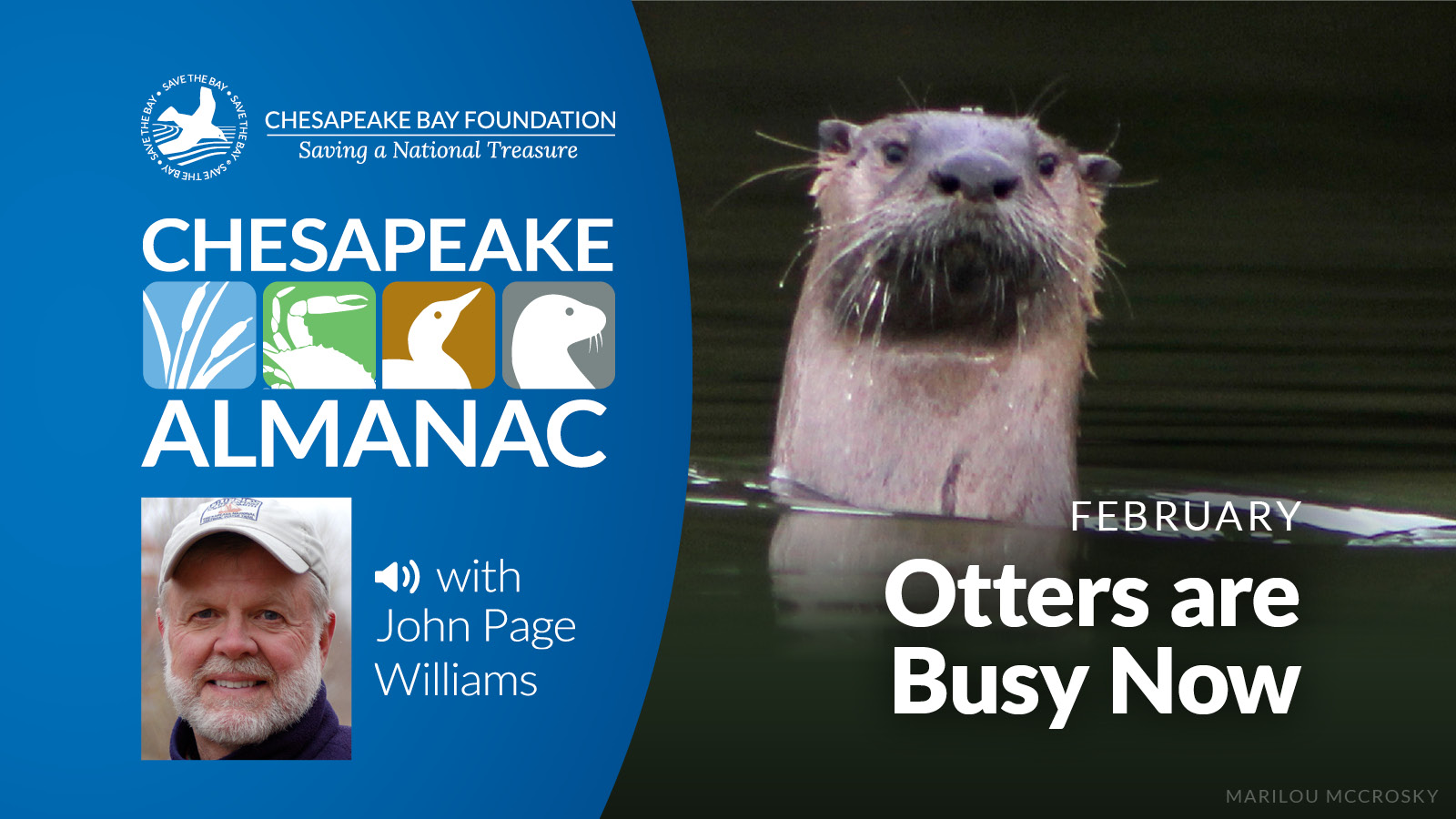
February: Otters Are Busy Now
11 Feb 2022The Chesapeake has a healthy population of otters. In fact, every river system has at least one family. Otters are perhaps the wildest, most elusive mammals on the Chesapeake. They certainly see more of us than we do of them. However, if you are lucky enough to spot one, watching ano tter play on the ice if February is sure to be one of the highlights of your year! In this episode, John Page introduces us to these playful Chesapeake residents and dives into what makes these semi-aquatic mammals so otterly unique.
| Items 85 - 96 of 129 | Previous | 1 | 2 | 3 | 4 | 5 | 6 | 7 | 8 | 9 | 10 | Next |



